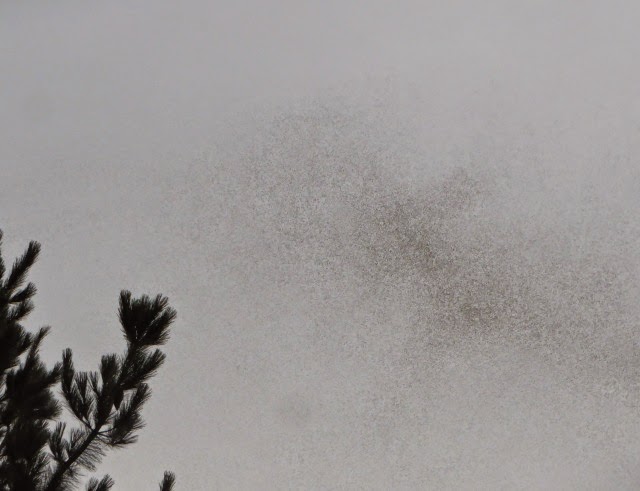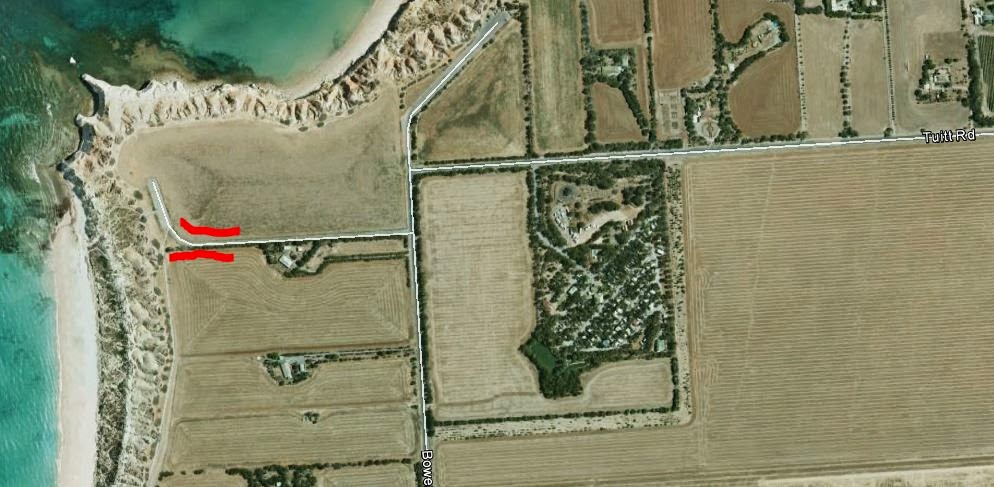September 2018 Carwoola Weather
Here is the final Gazette format summary of the weather. The only change is a slight increase in the average temperature. With regard to rainfall I wonder if we are moving from drought to desertification.
This led me to generate a NEW!!! EXCITING!!! chart of 0900 Relative Humidity comparing this year with last year and the average since 2014. Overall this year is a little below average (and the trend line) but a little above last year.
Much the same comments apply to the 1500hrs chart which I have usually shown.
Rainfall
Non-trivial rain fell on 2 consecutive days early in the month and we had a couple of mornings foggy enough to condense 0.2mm. Surprisingly it wasn't the driest September of all time, although well below average.
Every month in 2018 has been below average, and in most cases below the equivalent month in 2017. This is reflected in the Gazette summary with the pro-rata estimate of total rainfall for the year being 80mm below the lowest annual amount recorded since 1984. In terms of Year-to-Date rainfall we are currently at 48.4% of average.
It is now 21 months since this dry period began. The next 2 charts focus on a rolling 21 month period. Going back to the start of our community records in 1984 shows a pattern of booms and busts. The most recent boom was the biggest and - perhaps from a sense of balance - the current bust is also the most extreme.
Focusing on the most recent 'bust' cycle - which I have eyeballed as starting in March 2011 - clearly shows the downwards trend.
It probably doesn't matter that we don't have a paddle, as the Creek isn't flowing!
Temperatures
For reasons covered in the past this section is restricted to the period since 2010.
The month was a mixture of warm days and cool nights. There is no significant trend through the month in any of the series
Maximum Temperatures
The average maximum through the month was close to average and close to 20178.
Focusing on the series for the month of September there appears to have been a cooling trend for a few years with the last two showing a slight upturn.Minimum temperatures
The average minimum temperature was well below the average since 2010 and the value for 2017. This is probably a function of the relatively dry conditions with little overnight cloud to act as a blanket.
Looking at average minima since 2010 we have a cross section of the Alps! No significant trend.
My "extra" area of interest in the cold months is the number of frosts. In September 2018 we had an above average number of light frosts (below 2oC equivalent to 0oC at ground level) but slightly below average (7 nights, with the average being 7.9 nights) hard frosts (below 0oC in the air at screen level).
It isn't clear to me what this means:
Average temperatures.
The best way of indicating what is going on with average temperatures is to illustrate the difference between the average temperature for the current month and the long term mean average for that month. I have two ways of assessing the mean:
- the actual average as recorded by my weather station since 2013; and
- estimating the average as (max temp+ min temp)/2, which is available since 2010.
The first method is more accurate but I have shown both in following chart.
The estimation method (#2 above) is probably best viewed as indicating the seasonal bias of that method! However both methods suggest that September 2018 was not, on average, warmer than recent Septembers.
Humidity
As would be expected from the low rainfall a pretty arid month.
Looking at these daily values the most striking feature is the very low values for some of the 0900 hrs readings. I tend to regard rH values below 40% as low for the 1500hrs readings, let alone 0900 (which is on average 20-30 percentage points higher).This led me to generate a NEW!!! EXCITING!!! chart of 0900 Relative Humidity comparing this year with last year and the average since 2014. Overall this year is a little below average (and the trend line) but a little above last year.
Much the same comments apply to the 1500hrs chart which I have usually shown.
The two trendlines are close to parallel with the monthly differences being about 30 percentage points in the hotter months and 20 points in winter.


















Comments